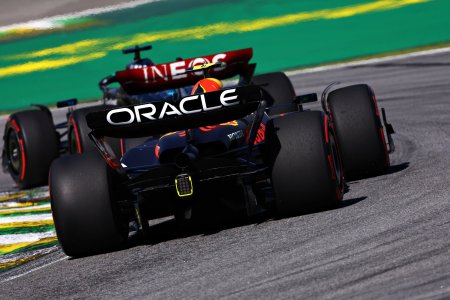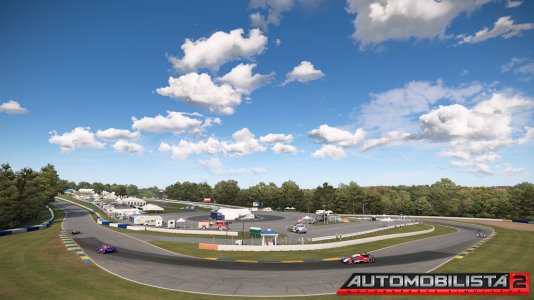So the conclusion:
- An F1 car still experiences downforce regardless of it being upsidedown
- In theory it is possible for an F1 car to drive upsidedown in a tunnel
- In practice actually doing it will prove far harder because of certain implications but given the right circumstances it will stick to the roof.
- downforce and lift are the same principle.











